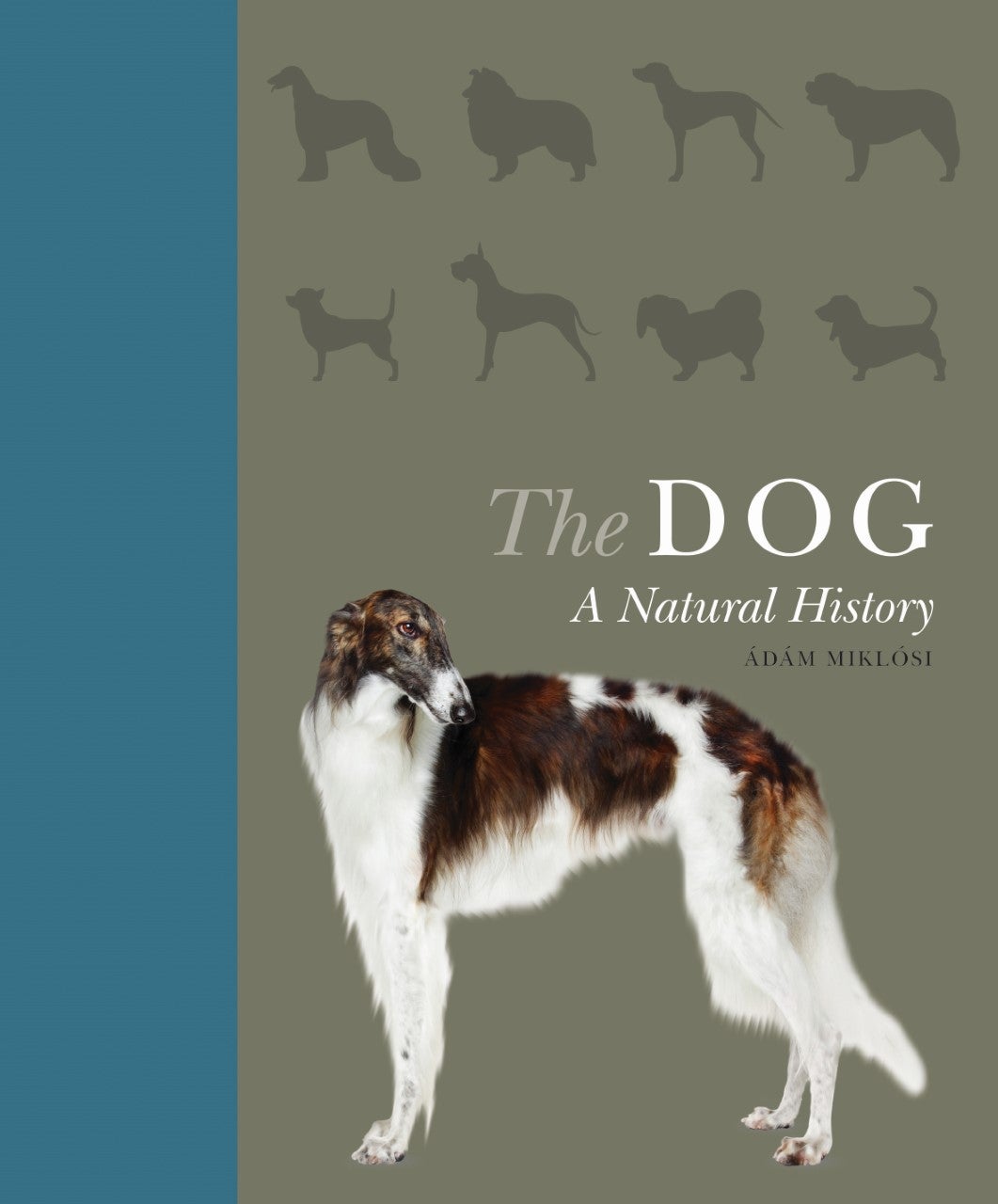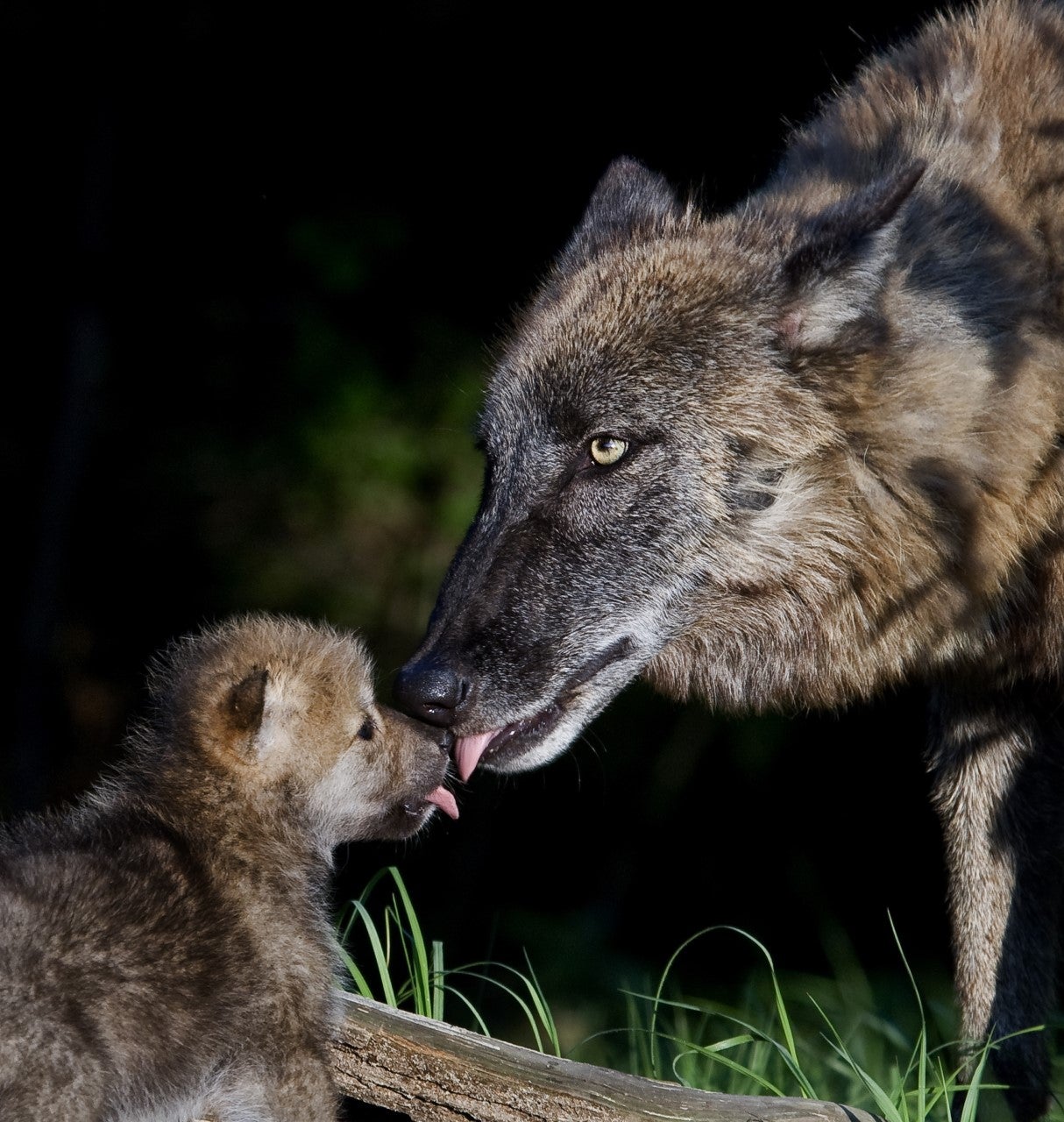
Ironically, the most compelling passages from “The Dog: A Natural History,” by Ádám Miklósi, focus on our best friend’s future rather than his past.
But the bulk of this scholarly, yet highly readable, 224-page volume — published by the Princeton University Press ($27.95) and scheduled for wide release on April 11 — explores the history of the dog in text complemented with a kaleidoscope of 250 color photographs and graphics.
Literally, this is a portrait of the title’s namesake, examining his evolution and ecology, anatomy and biology, behavior and socialization, cognition and perception. There’s little new information that hasn’t been explored in previous writings, but the presentation is buttery smooth, although not deep-rooted with detail. In the process, it twists its way through emotional foundations, historical insight, and a wide perspective of man’s best friend.
I was pleased by commentary in one of the later chapters titled, “The Future for Dogs,” which should serve as a challenging wake-up call to readers. It notes that dogs have been around us “for at least 16,000-32,000 years,” but human lifestyles have obviously changed dramatically and “modern humans are becoming more and more distanced from nature — perhaps the dog is one of our last ties with the wilderness.”

Miklósi writes, “Although the love for dogs in many industrialized societies does not appear to be waning, there are changes in our views about this relationship. People are becoming practical, and life appears to have sped up and become much busier for many. Thus, potential dog owners prefer to invest less and less in their bond with dogs. When answering questions in a survey on the ‘ideal pet,’ the majority of Australian dog owners indicated that they preferred a dog that is desexed, safe with children, fully housebroken, friendly, obedient, and healthy. While these traits are obviously important, they do not come without a lot of social investment in the socialization and training of the dog companion.
“One modern trend is to regard dogs as ‘little furry babies.’ Dogs are dressed up, carried around in cars or even baby carriages, and taken to wellness centers. Although research has established many functional parallels between companion dogs and human babies, this does not mean that they should be treated as equals. Even if one could justify the treatment of dogs as babies, one should never forget that the dog is an animal species in its own right, not an accessory to human self-realization.”
Miklósi, a professor and head of the Department of Ethology at Eötvös Loránd University in Budapest and co-founder and leader of the Family Dog Project, a center which studies the behavioral and cognitive aspects of the dog-human relationship, raises the question: Should owning a dog be subject to a license, which has become law in Switzerland? Prospective owners in Switzerland must participate in theoretical and practical seminars at accredited dog schools before they can get a canine companion.
“This new trend,” he adds, “may increase the welfare of dogs because most dog owners from the last two-to-three generations have really lost contact with nature, so they must be taught what an ‘animal’ is, and the ways in which one should deal with it.”
“The Dog” captures the ideal balance between the role of companion animal and helper through history and how man’s approach to the dog’s enduring appeal has changed through the centuries. In dissecting the complexities between humans and dogs, Miklósi is adamant that to better understand our four-legged friends we need to know their biology and mental capabilities in order to “provide them with the necessary challenges to keep their minds sharp and active.”
Because the gray wolf is the closest living relative to the dog, Canis lupus receives a great deal of historical and behavioral attention in the book — via text, photos, and charts. “There is no evidence of any other canine species contributing to dogs’ genetic lineage,” says the author. “This is somewhat surprising because dogs can crossbreed with golden jackals and coyotes.”
 In wolves, both the female and the male, as well as older sisters and brothers of the pack, provide care to puppies and juveniles. Photo courtesy: Shutterstock/Lori Labrecque.
In wolves, both the female and the male, as well as older sisters and brothers of the pack, provide care to puppies and juveniles. Photo courtesy: Shutterstock/Lori Labrecque.
The book is packed with a wide array of nuggets, i.e. fun facts. Here are a few:
· The most spectacular muscular organ of a dog is the tongue, which is made up of three major muscles on each side. The world record for longest dog tongue is 17 inches, belonging to a Boxer.
· The number of bones in a dog’s tail, depending on its length, ranges from 6 to 23.
· Geneticists conclude that dogs have approximately 18,500 genes, compared to a human’s 19,500.
· Research shows that companion dogs living in human families generally do not strive to fight their way to the “alpha” position.
While there are several hundred recognized breeds around the world, the book features colorful, one-page profiles on a select 32, listing this mix of characteristics: height, original function, exercise needed, health issues, affection, trainability, care needs, interaction with pets, interaction with children, protectiveness, and suitability for novice owners.

